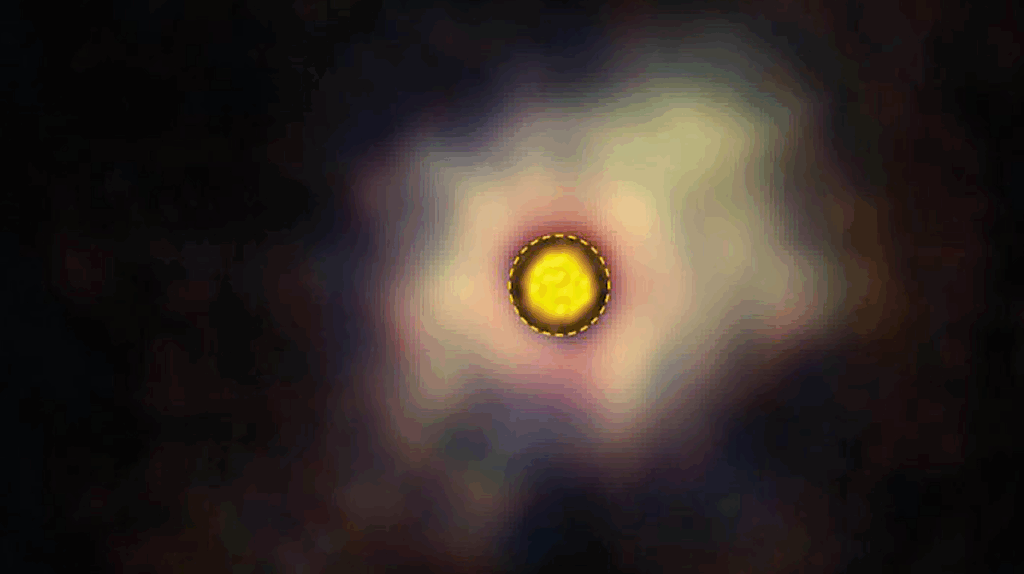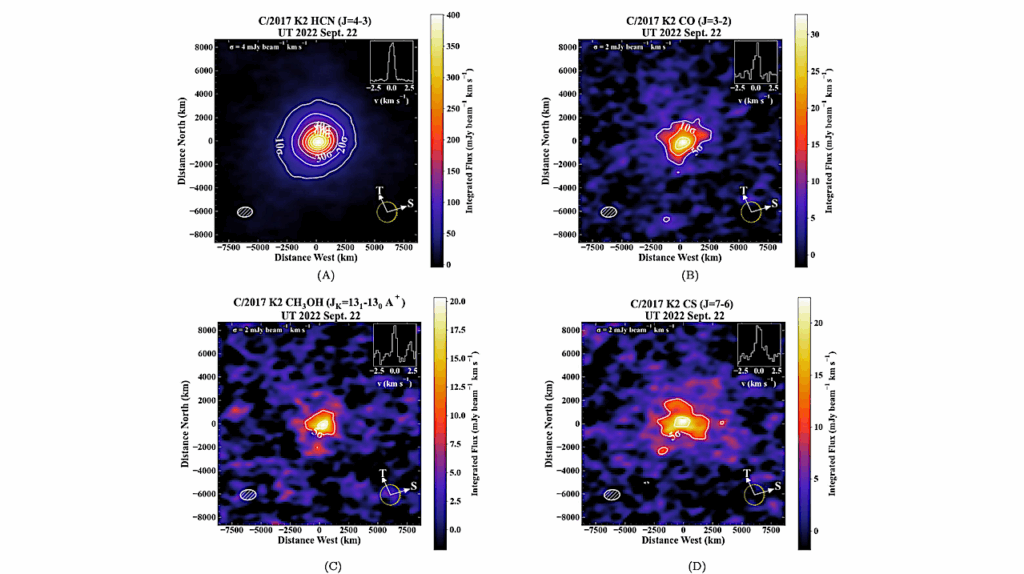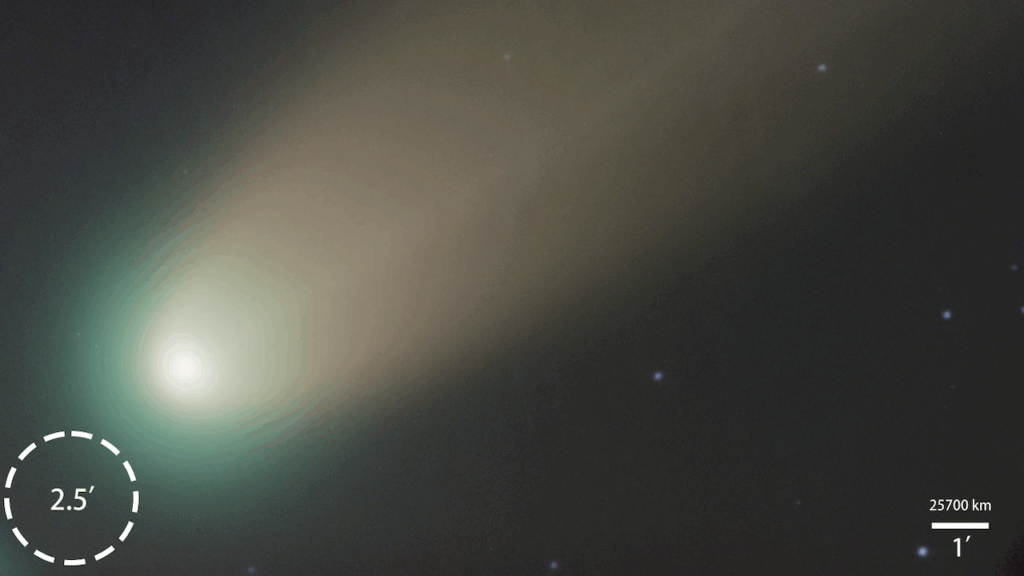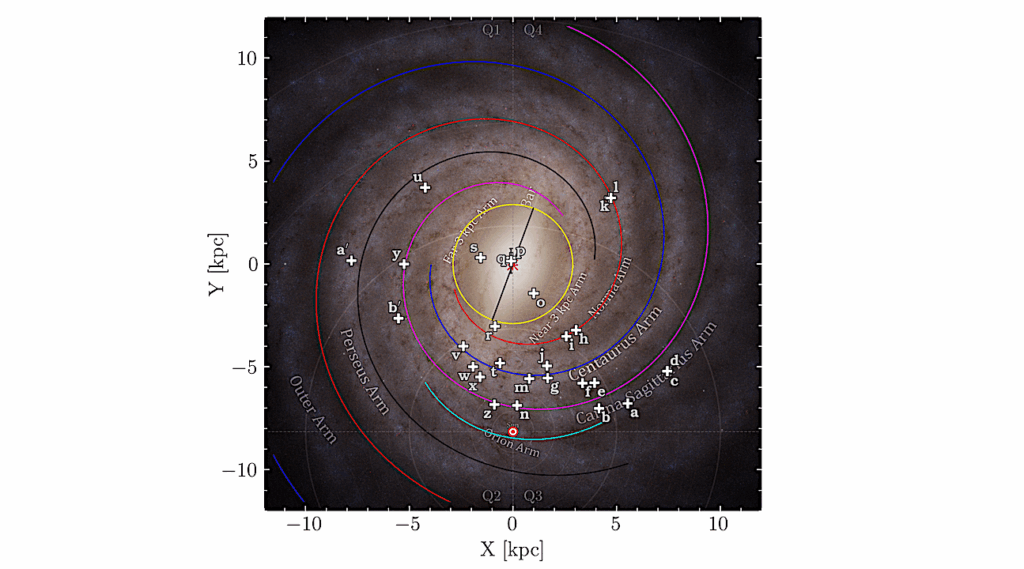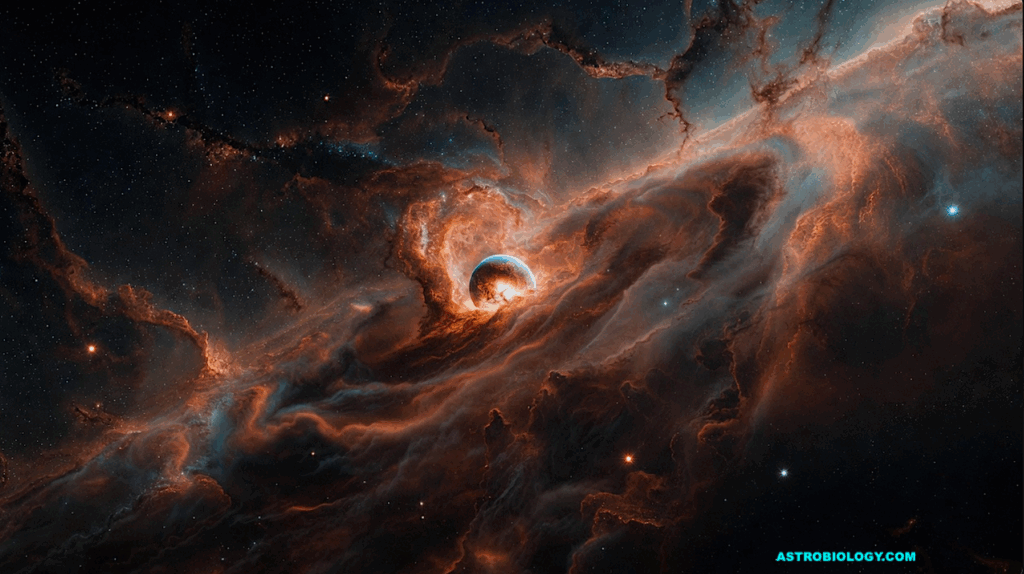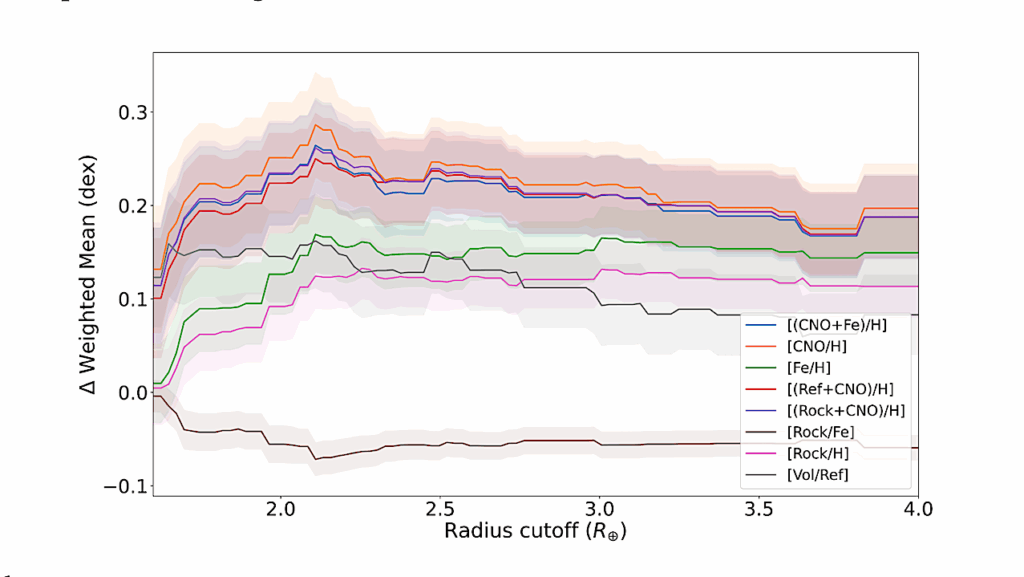Devolatilization Of Extrasolar Planetesimals By 60Fe And 26Al Heating
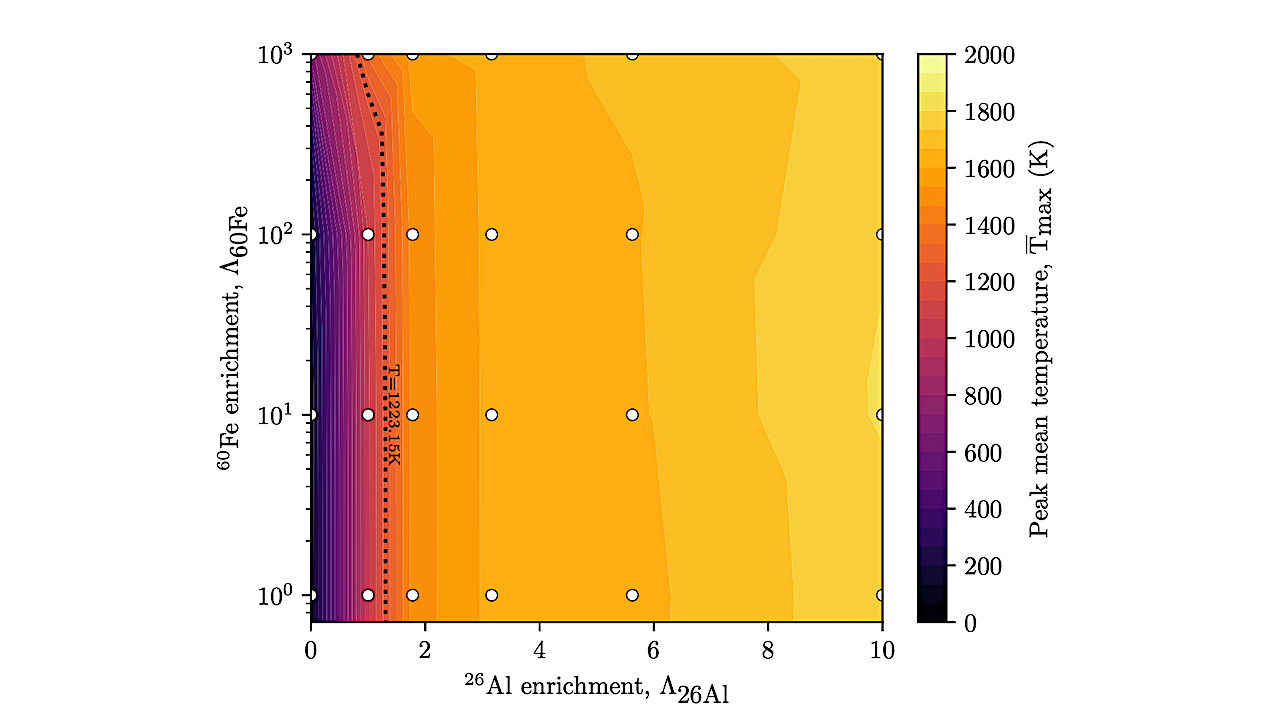
Whilst the formation of Solar system planets is constrained by meteoritic evidence, the geophysical history of low-mass exoplanets is much less clear. The bulk composition and climate states of rocky exoplanets may vary significantly based on the composition and properties of the planetesimals they form from.
An important factor influenced by planetesimal composition is water content, where the desiccation of accreting planetesimals impacts the final water content of the resultant planets. While the inner planets of the Solar system are comparatively water-poor, recent observational evidence from exoplanet bulk densities and planetary formation models suggest that rocky exoplanets engulfed by substantial layers of high-pressure ices or massive steam atmospheres could be widespread.
Here we quantify variations in planetesimal desiccation due to potential fractionation of the two short-lived radioisotopes 26Al and 60Fe relevant for internal heating on planetary formation timescales. We focus on how order of magnitude variations in 60Fe can affect the water content of planetesimals, and how this may alter the formation of extrasolar ocean worlds. We find that heating by 26Al is the dominant cause of planetesimal heating in any Solar system analogue scenario, thus validating previous works focussing only on this radioisotope.
However, 60Fe can become the primary heating source in the case of high levels of supernova enrichment in massive star-forming regions. These diverging scenarios can affect the formation pathways, bulk volatile budget, and climate diversity of low-mass exoplanets.
Joseph W. Eatson, Tim Lichtenberg, Richard J. Parker, Taras V. Gerya
Comments: 12 pages, 13 figures
Subjects: Earth and Planetary Astrophysics (astro-ph.EP)
Cite as: arXiv:2402.06476 [astro-ph.EP] (or arXiv:2402.06476v1 [astro-ph.EP] for this version)
Submission history
From: Joseph Eatson
[v1] Fri, 9 Feb 2024 15:35:18 UTC (5,647 KB)
https://arxiv.org/abs/2402.06476
Astrobiology


